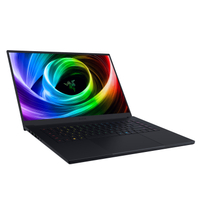Razer's brand-new, redesigned Blade 16 gaming laptop may have finally achieved perfection
The Razer Blade 16 (2025) is the major refresh I've been waiting for, and it looks amazing.
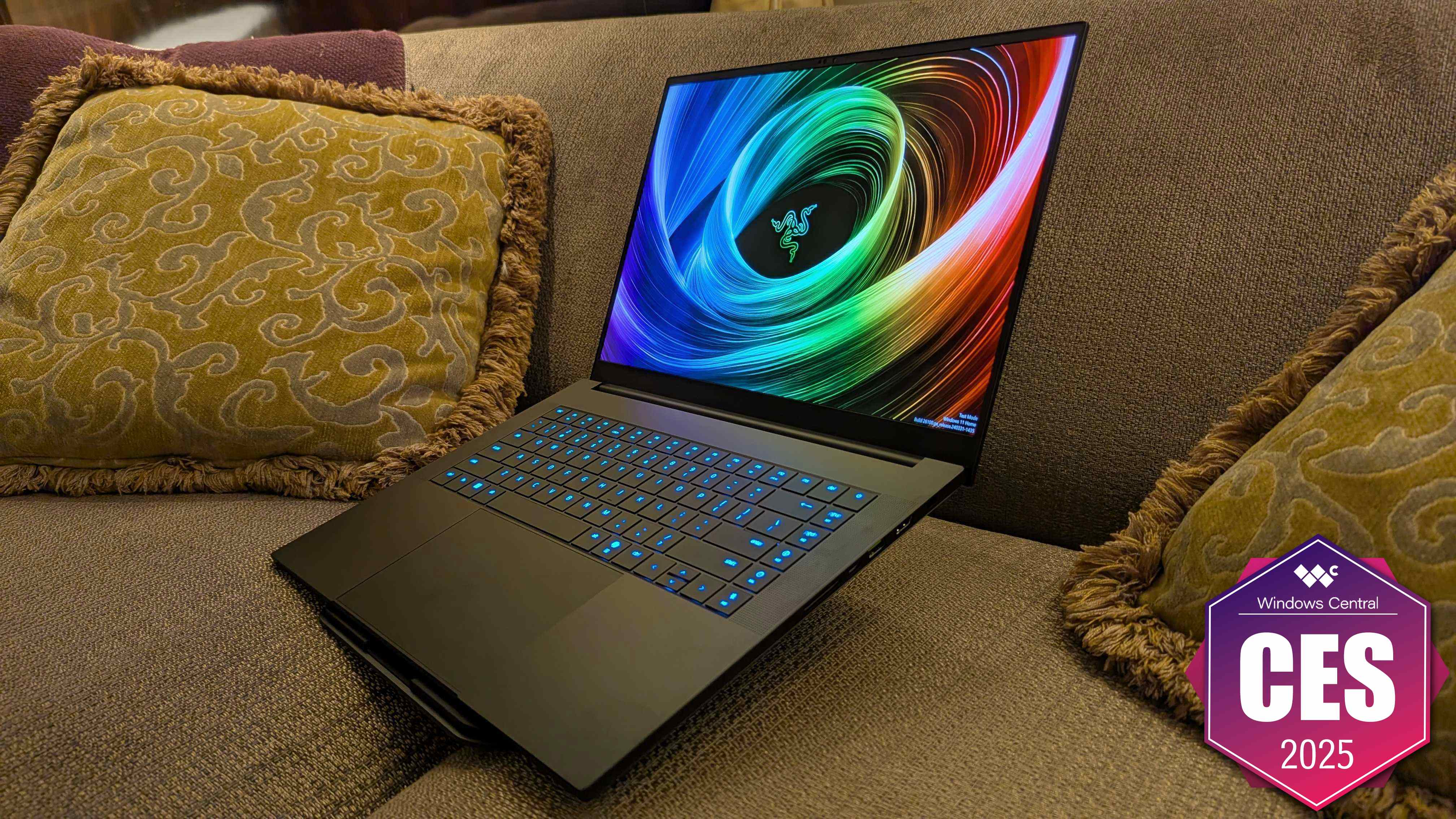
When you think "premium gaming laptop," there's a very good chance the iconic Razer Blade appeared in your mind. Razer's luxury flagships have sat at the top of the food chain for years, where only a few gamers and professionals with ample funds are willing to splurge. In the last few years, though, it has felt like the Blade line has stagnated in some ways.
At CES 2025, Razer is doing away with all feelings of stagnation. The latest Razer Blade 16 is official, and it may be the single largest generation-to-generation evolution Razer has ever attempted. An all-new design that breaks a Razer record, a momentous shift from Intel to AMD, next-gen NVIDIA graphics, and more help establish the Razer Blade 16 (2025) as one of the most exciting laptops of the year.
I went hands-on with a couple of early samples for Razer's new hero device ahead of its launch sometime in the next few months, and I left feeling more positive about Razer's laptop efforts than I ever have before.
Recent updates
Jan. 13, 2025 @ 1:00 p.m. ET — Popping in just to update this article with some information about Razer HyperBoost. This is a free firmware update to all Razer Laptop Cooling Pad owners that will optimize the fan for Razer Blade 16 laptops (including the newly announced Blade 16), improving efficiency and cooling performance. You can read my Razer Laptop Cooling Pad review for more information on this product. You can find more info on Razer HyperBoost at Razer.com.
The Razer Blade is taking back its spot at the top
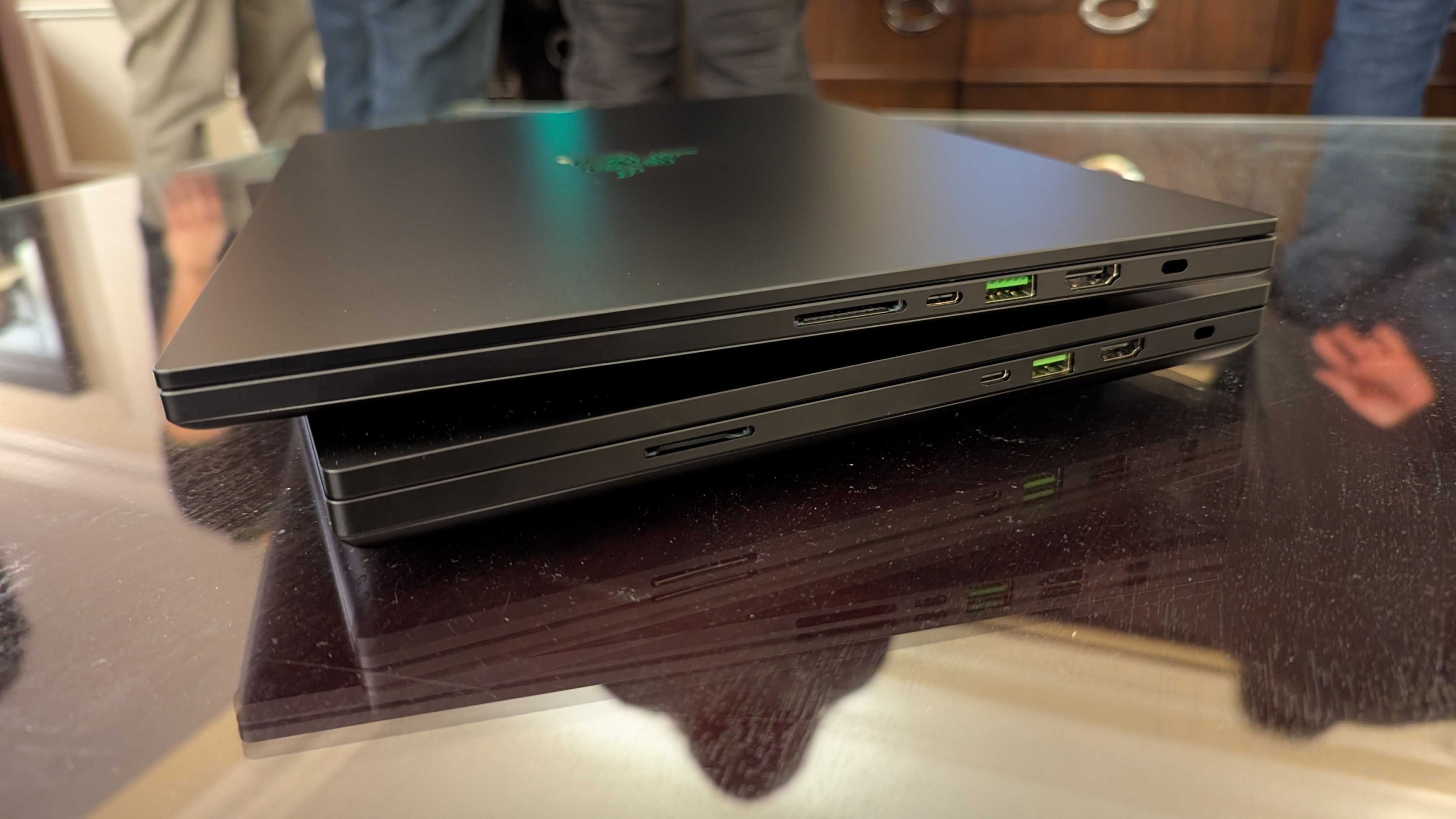
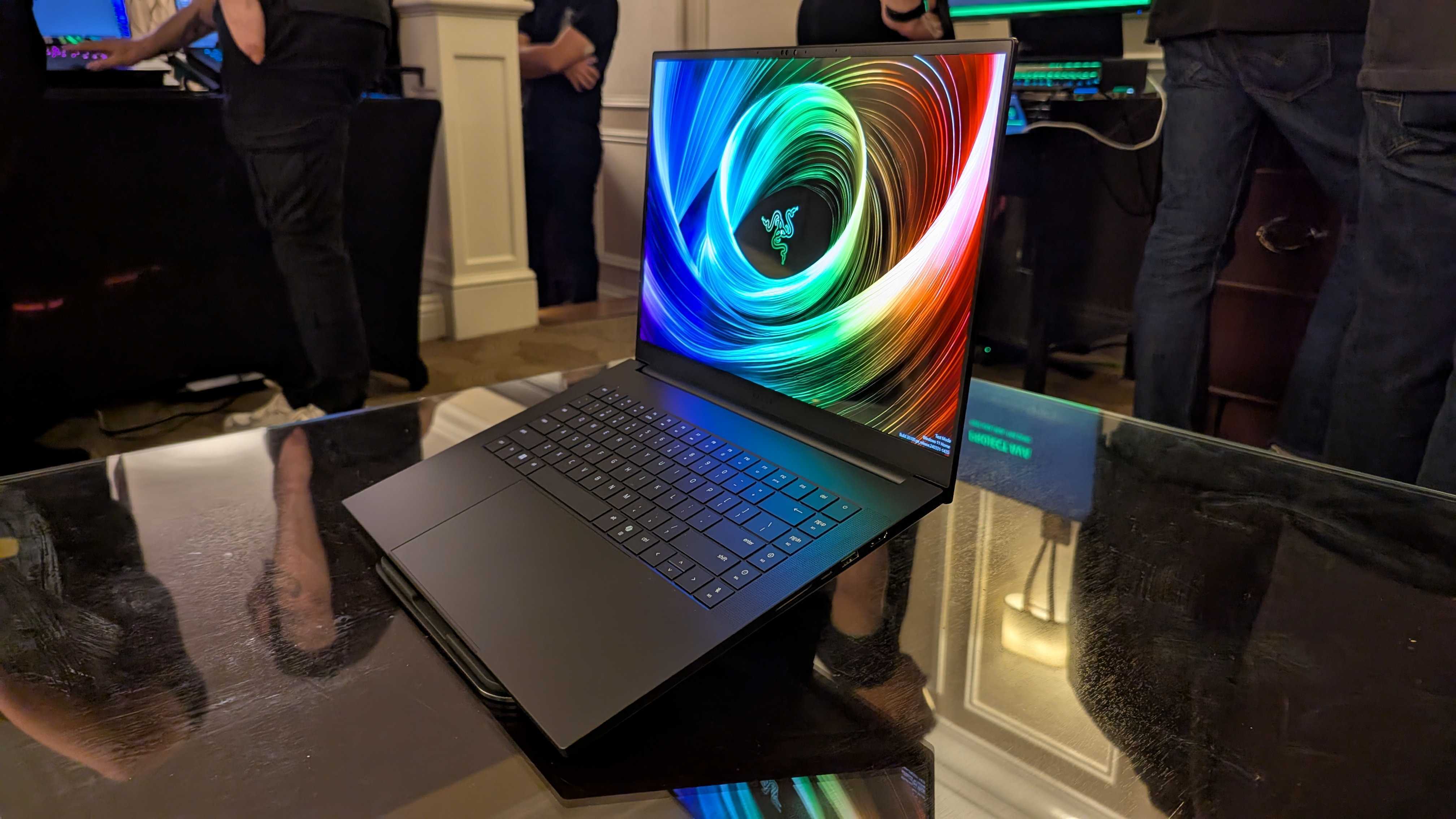

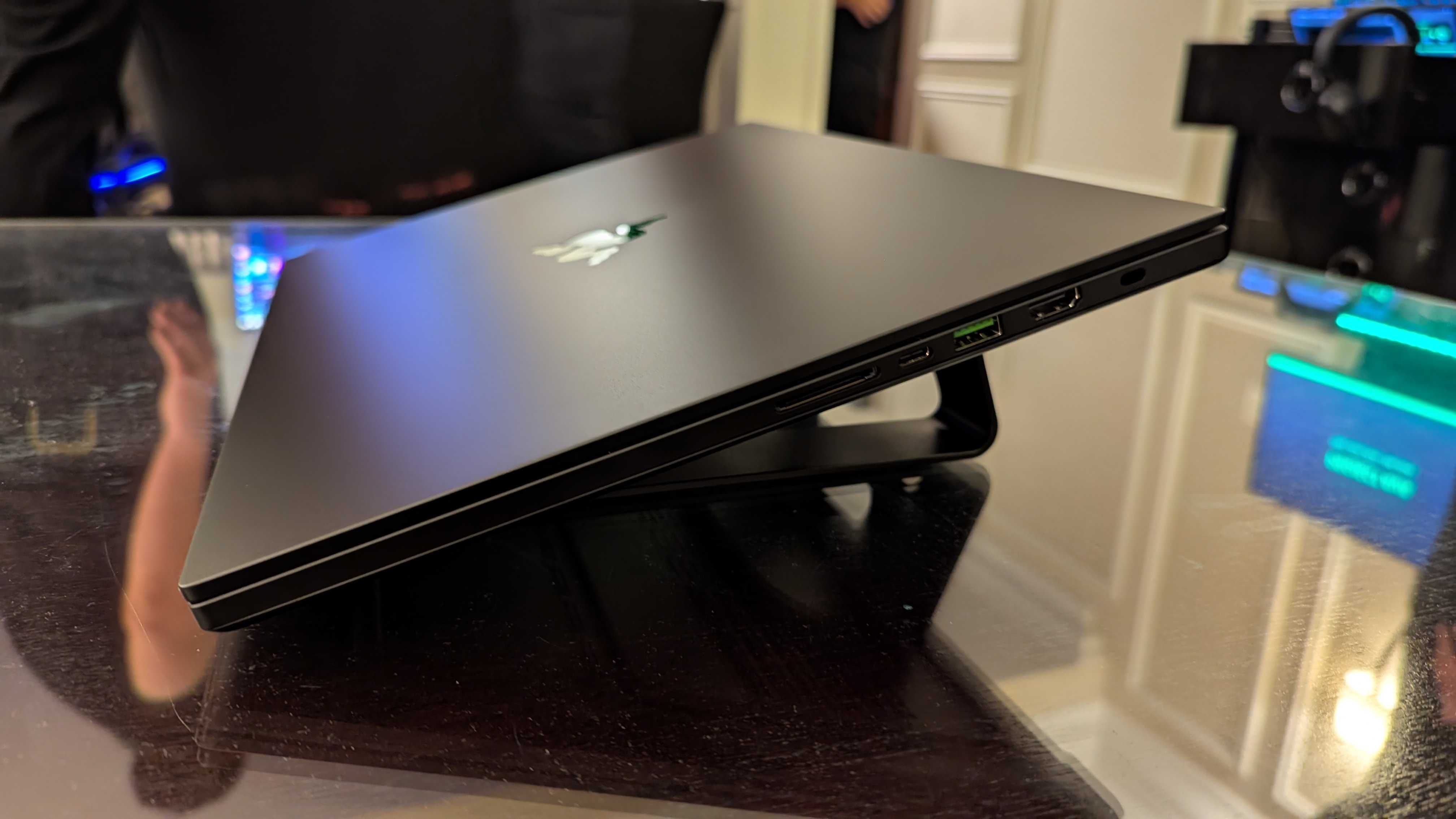
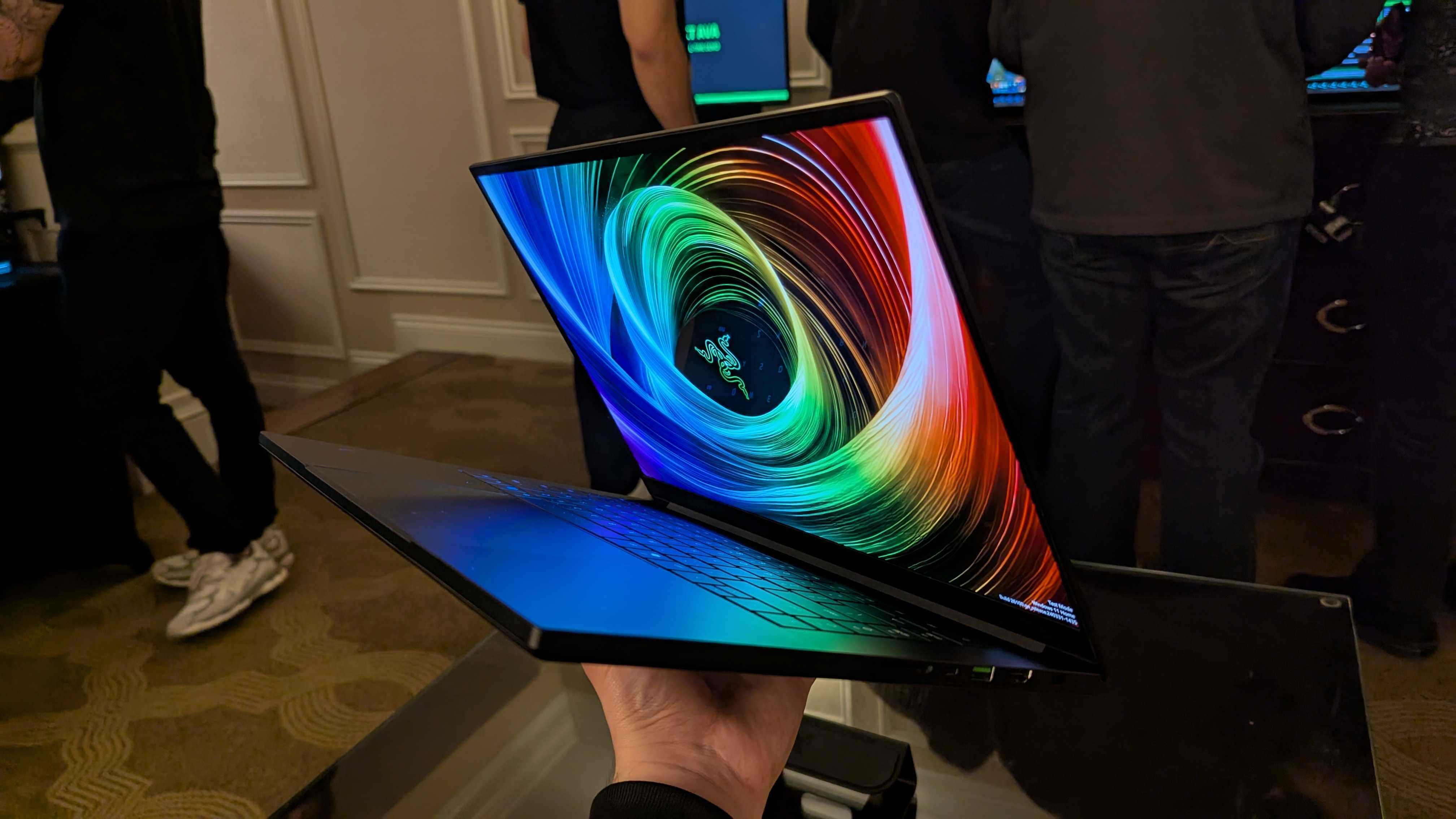
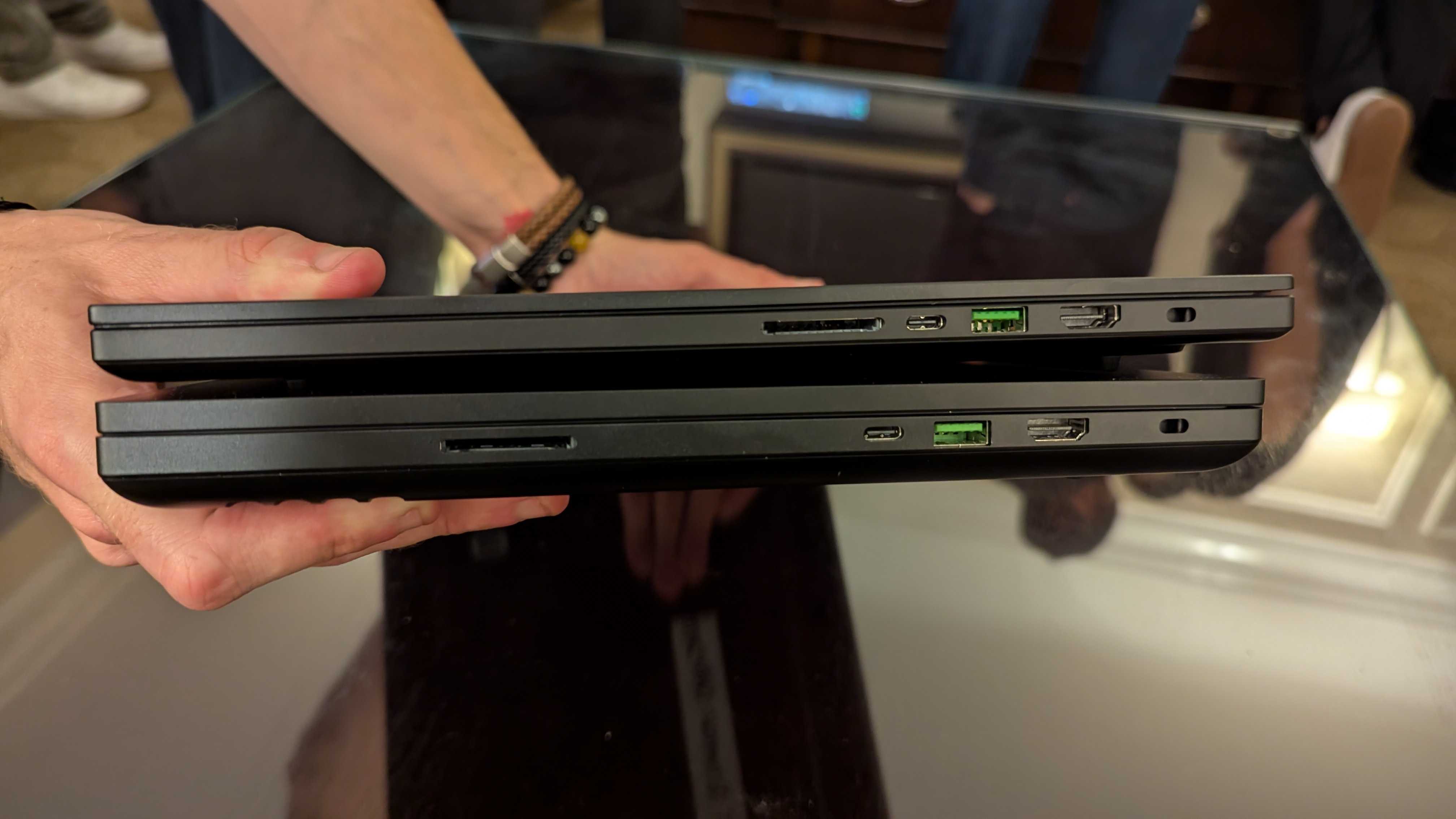
I wasn't all that impressed when I reviewed the Razer Blade 16 (2024). It's a good all-around laptop for gamers and creators, but I couldn't look past the eye-watering price tag, tired design, outdated keyboard, and tendencies to throttle under load. When I went hands-on with the new Razer Blade 16, I could almost convince myself that Razer had used my review as the blueprint, addressing every single criticism I levied toward it.
Let's start with that design. The Razer Blade 16 (2025) is still CNC milled out of a single, sturdy block of aluminum for peerless build quality, but it's up to 32% thinner than last year, from 22mm (0.87in) in 2024 to just 15mm (0.59in) this year. That's actually the thinnest a Razer Blade has ever been, according to Razer, and the difference is striking. Compared to the sleek, slim, and refined design of the new Blade 16, last year's model feels heavy and bloated.
A massive reduction in thickness hasn't negatively impacted any other aspect of the Razer Blade experience, either, or at least that's what Razer claims. One area I can at least assess for myself is the keyboard; Razer admitted to me that the Razer Blade's keyboard hasn't meaningfully changed in many years, but this time around key travel has increased by 50% (up to 1.5mm), switch durability has increased by 20% (up to 6 million presses), and the keyboard in general feels more responsive, tactile, and comfortable than before.
Razer told me the keyboard is still being finalized and wasn't quite finished on the early samples I played with, and I still observed an immediate and obvious improvement over last year. The new Razer Blade 16 nails the design and nails the keyboard.
Get the Windows Central Newsletter
All the latest news, reviews, and guides for Windows and Xbox diehards.
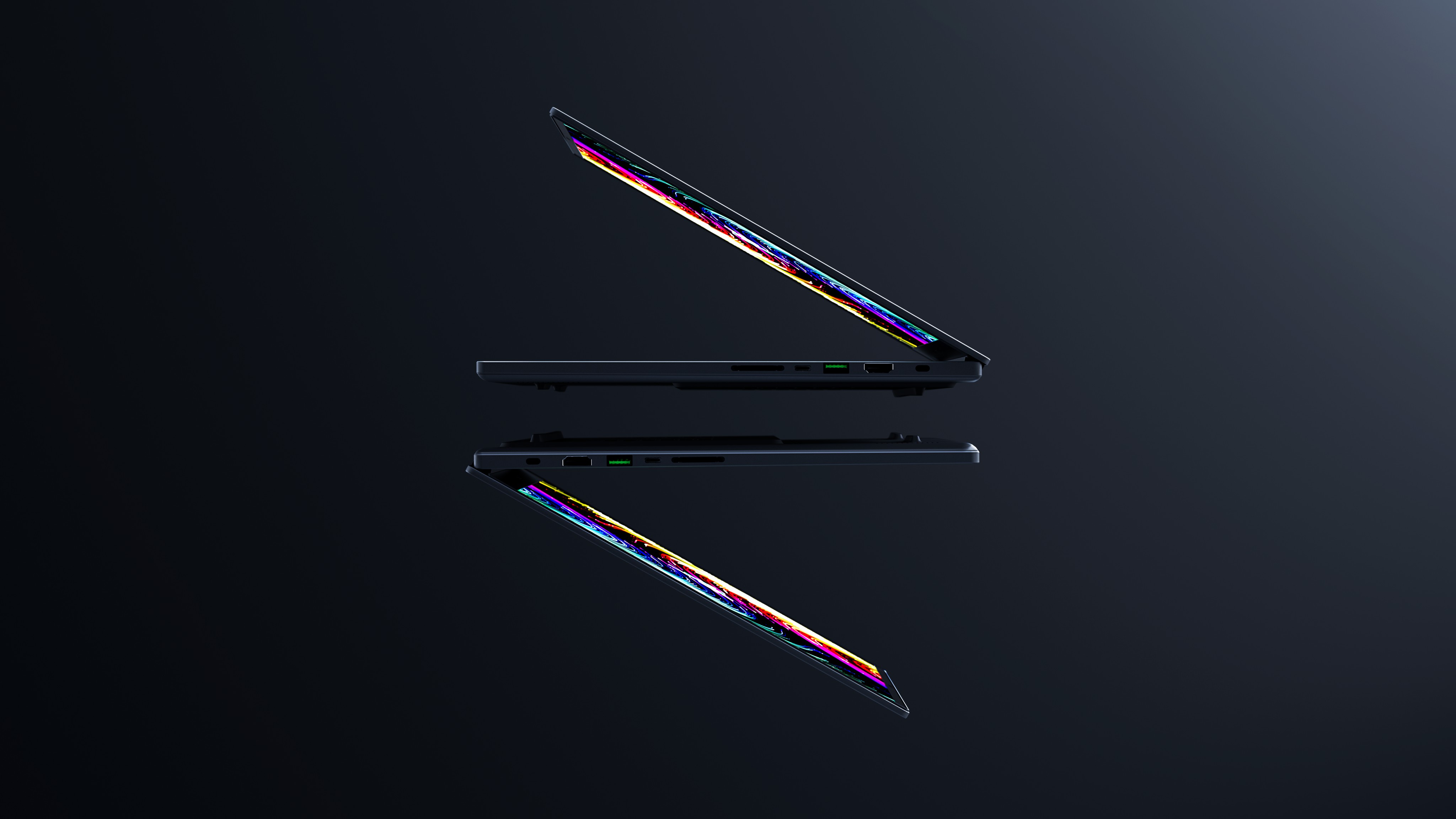
Another major shift in direction can be found under the hood. Razer has worked with AMD in the past, but its flagship Blade laptops have always been powered by Intel. With the Razer Blade 16 (2025), that finally changes — and I'm extremely confident that will mean nothing but good things for the end-user experience.
The new Razer Blade 16 is running up to an AMD Ryzen AI 9 HX 370, a CPU I already have a lot of experience with while reviewing devices like the ASUS ProArt P16 (2024). At the time, I remember thinking that the ProArt P16 was what I wished the Razer Blade 16 was more like, and AMD's latest mobile chips are a large part of that thinking. Cool, efficient, and more powerful than Intel's latest Core Ultra silicon, the AMD Ryzen AI family was an obvious choice for a Razer trying to go thinner than ever.
Making the switch from Intel Core i to AMD Ryzen AI means the Razer Blade 16 is also the first Copilot+ PC from Razer, and its first AI PC in general. With a Neural Processing Unit (NPU) boasting up to 50 TOPS of computational power, the AMD Ryzen AI 9 HX 370 enables a ton of AI features and may play a part in future Razer investments and projects. The change does mean RAM is now soldered, but the Blade 16 can go up to 64GB at 8,000MHz — significantly faster than last year at 5,200MHz.
An all-new thermal system with a custom vapor chamber at its core helps keep that AMD chip running cooler under pressure than previous Blade 16s could manage, and has enabled Razer to shove the most powerful next-gen NVIDIA graphics inside despite the slimmer chassis, although this isn't the article for me to talk about that specific upgrade.
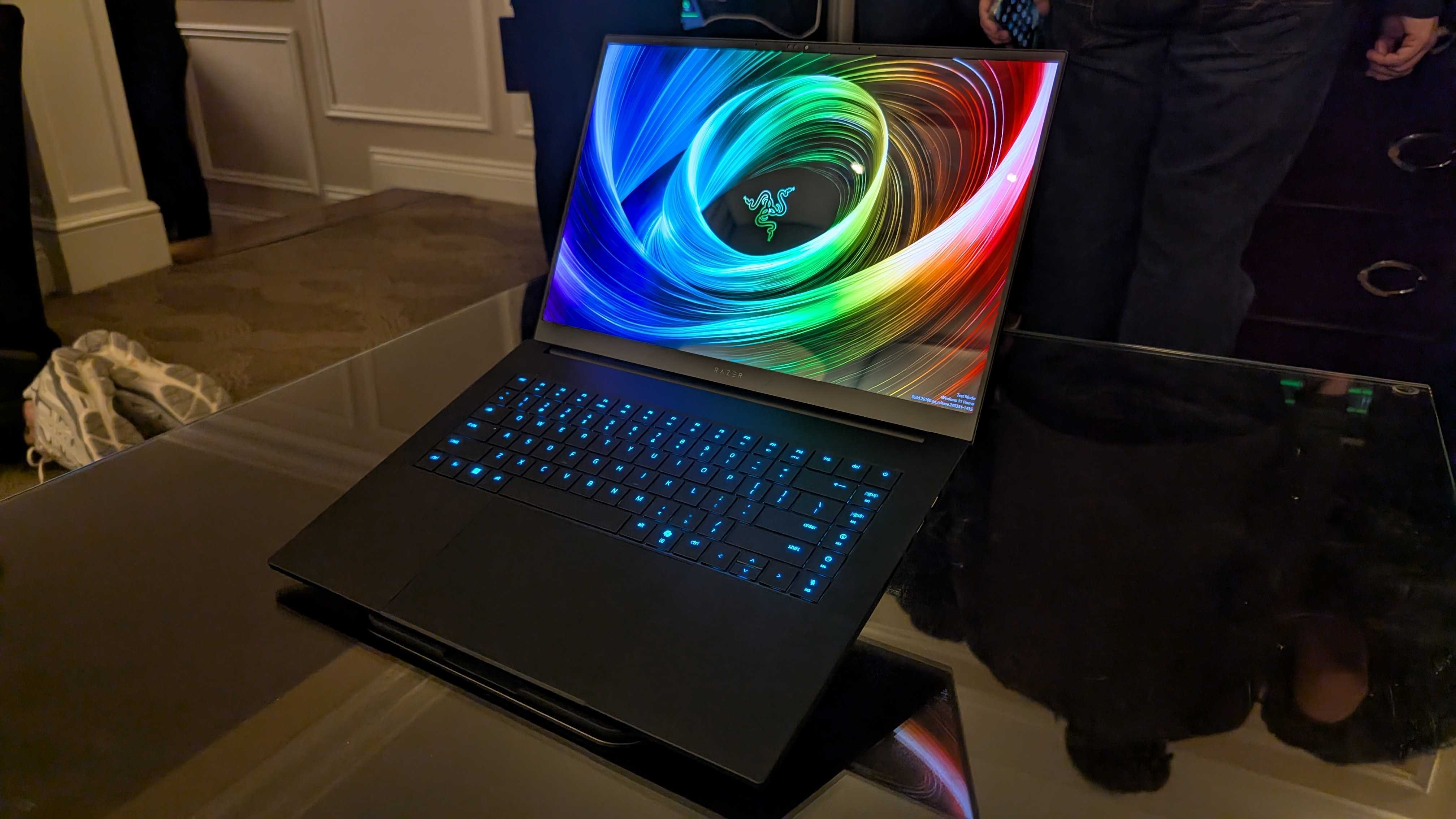
Unfortunately, I don't have a full specs sheet or all the details for the Razer Blade 16 (2025), as this laptop isn't expected until sometime in the first quarter of the year. What I can say is that OLED is back for another year, with the Blade 16 boasting a QHD+, 240Hz OLED panel with a 0.2ms response time. I've no doubts this will be a great display, and it certainly looked the part during my limited hands-on.
Users also won't be losing any ports year-over-year. The Razer Blade 16 (2025) moves some ports around, but the same selection is here. Well, apart from Thunderbolt 4 being swapped out for USB4 thanks to the switch to AMD, but that change won't impact 99.9% of users.
In general, I'm really impressed by what I saw during my time with the Razer Blade 16 (2025), and I'm excited to dive deeper into what Razer has accomplished. It finally feels like the Blade 16 may have achieved perfection for an ultra-premium gaming laptop, although I'll reserve any final judgment until I'm able to put a full production model through its paces. All those design improvements mean little if the laptop ends up running like snails.
The Razer Blade 16 (2025) isn't arriving for another few months, but you can keep on eye on Razer.com for more information on the laptop. Also, stay tuned to Windows Central for our in-depth review whenever the new Blade 16 arrives.

Zachary Boddy (They / Them) is a Staff Writer for Windows Central, primarily focused on covering the latest news in tech and gaming, the best Xbox and PC games, and the most interesting Windows and Xbox hardware. They have been gaming and writing for most of their life starting with the original Xbox, and started out as a freelancer for Windows Central and its sister sites in 2019. Now a full-fledged Staff Writer, Zachary has expanded from only writing about all things Minecraft to covering practically everything on which Windows Central is an expert, especially when it comes to Microsoft. You can find Zachary on Twitter @BoddyZachary.
